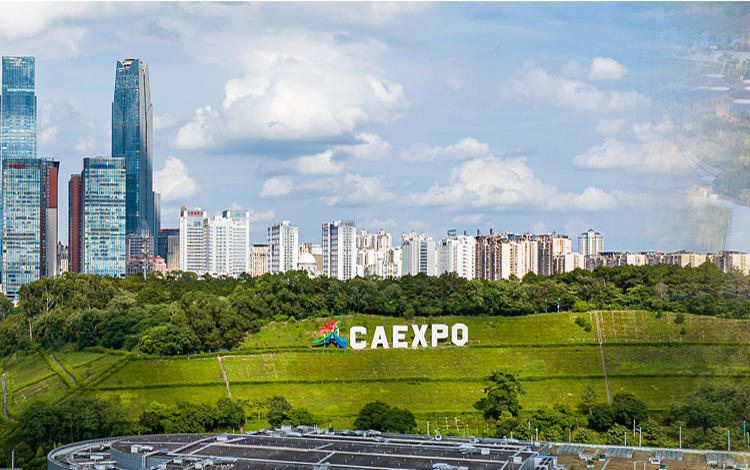Guangxi sees a bigger role in Belt, Road
Region's chairman says economic zone links nations and businesses
As China's only provincial region with land and sea links with members of the Association of Southeast Asian Nations, the Guangxi Zhuang autonomous region has promoted an open economy to build a key gateway for the Belt and Road Initiative, according to a senior official.
Chen Wu, chairman of the regional government, said Guangxi will integrate with the initiative by introducing foreign investment and encouraging domestic companies to go abroad.
He said Guangxi will further open up, particularly cities along the coastline of the Beibu Gulf. Last year, six cities in the Beibu Gulf Economic Zone contributed 85.8 percent of the region's imports and exports.
Cross-border trade will also be boosted in the national key development pilot zones in Dongxing and Pingxiang, he said.
In the past five years, Guangxi's foreign trade has risen by 13.8 percent a year on average. Last year, exports and imports hit 386.6 billion yuan ($61 billion), a year-on-year increase of 22.6 percent. The region also used $5.26 billion in foreign investment.
For 17 consecutive years, ASEAN members have been Guangxi's largest trading partners, contributing 49 percent of its foreign trade in 2017.
Chen said the first phase of the China-Indonesia Economic and Trade Cooperation Zone has been completed. In the zone, SAIC-GM-Wuling Automobile, a joint venture by Shanghai's SAIC Motor, the United States-based General Motors and Liuzhou Wuling Motors, began production in July of 120,000 vehicles a year.
Guangxi will also focus on upgrading the China-ASEAN Information Harbor, a platform established in 2014 to boost cooperation in areas such as infrastructure and technologies, according to Chen.
A big data center and a small town related to the information harbor are being built with government support to advance information sharing.
The region will accelerate 41 key projects including the China-Singapore International Logistics Park in Nanning, the region's capital, and an international container station in Qinzhou. In addition, industrial parks built with Malaysia and Indonesia will be accelerated to further boost economic exchanges with the two countries, Chen said.
Guangxi's economic growth is expected to attract foreign investors. GDP increased to 2.04 trillion yuan last year, 269 times that in 1978, when China started its reform and opening-up, Chen said.
Infrastructure has been substantially improved, with 1,751 kilometers of high-speed railway in operation and 89 percent of counties using express highways. Airport passenger throughput has surpassed 24 million.
In 2017, the contribution of technological progress to economic growth rose to 50.5 percent, an increase of 8.1 percentage points over five years. The number of high-tech companies was 2.8 times the number five years ago.
The added value of the high-tech industry has risen by 15 percent annually over the past five years. Guangxi also became one of China's first three pilot areas focusing on intellectual property rights protections in 2016.
Economic vitality and competitiveness depend on an area's openness and business environment, Chen said. Guangxi has been pushing forward administrative reforms, including streamlined approvals and business registrations, he said.
Last year, 495,200 new market entities were established in the region, up by 12 percent from 2016, the chairman said.
The threshold for market access will be lowered further for foreign capital, especially in key areas such as information technologies, high-end equipment manufacturing, new materials and new energy vehicles, Chen said. Costs for financing, logistics and taxes also will be reduced, he said.
"In the next step, we will expand opening-up and improve the business environment in line with international standards," he said.














